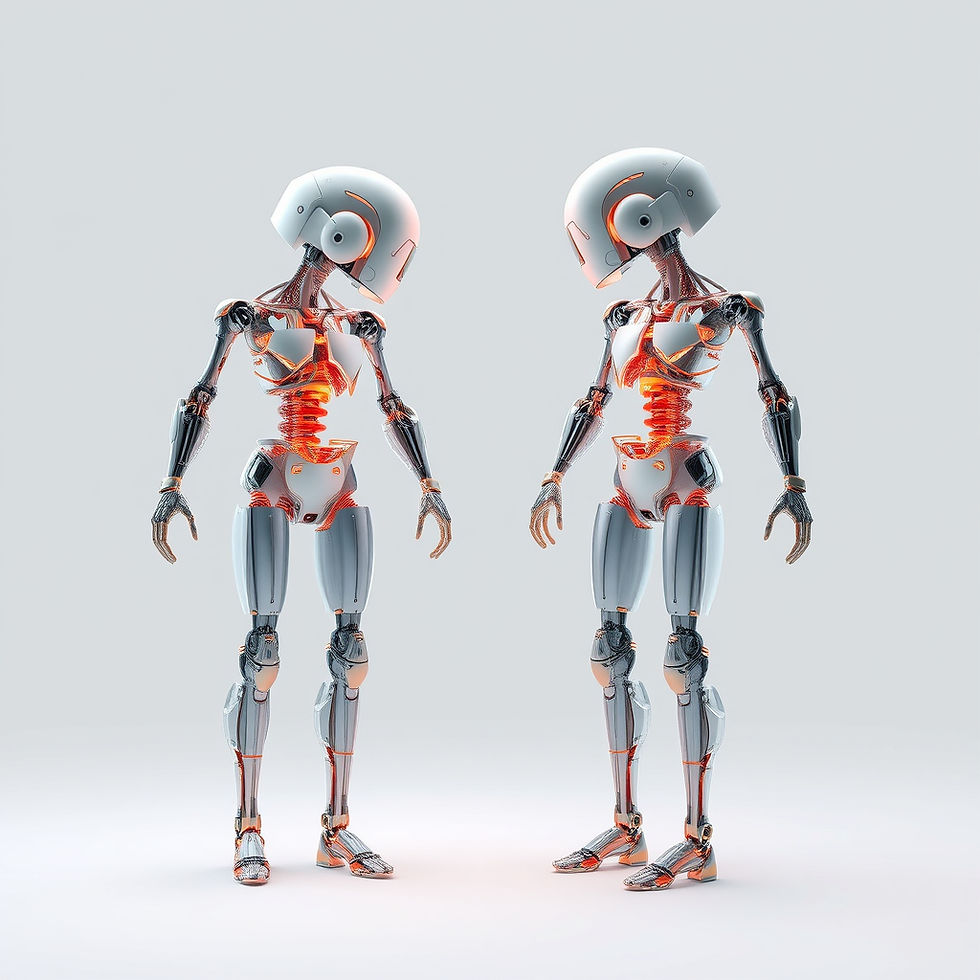From Static Manuals to Interactive Training: The Shift to 3D Simulations
- Geniuscrate

- Aug 4
- 2 min read

Traditional training manuals and static videos are quickly becoming outdated. Today’s fast-paced, tech-driven industries demand interactive, immersive, and scalable training solutions, and that's where 3D simulation leads the charge.
At GeniusCrate, we help companies across sectors make this transition effortlessly by creating hyper-realistic training simulations that engage employees, accelerate learning, and reduce operational risks.
The Problem with Traditional Training
Printed guides, PowerPoint presentations, or even instructional videos have long been the foundation of corporate training. But they often fall short in today’s dynamic work environments. Common issues include:
Low retention rates
Lack of interactivity
Inability to simulate real-world challenges
High costs and delays in real-world practice
These limitations can impact safety, efficiency, and confidence, which happens especially in industries where every second counts.
Why 3D Simulation is the Future
3D simulations allow trainees to experience complex scenarios firsthand. Whether it's troubleshooting machinery or responding to emergency situations, simulations provide a safe, realistic, and repeatable environment.
Benefits include:
Higher engagement and better memory retention
Faster learning curves
Remote accessibility across devices
Standardized training that ensures consistent outcomes
With tools like Unreal Engine and Unity, GeniusCrate develops immersive scenarios that mimic real-world workflows and stress conditions, giving your team the ultimate hands-on experience, but doing this without the risk.
GeniusCrate’s Role in the Transformation
We don't just create models. We literally build end-to-end learning environments:
Custom-built 3D assets tailored to your workplace
Physics-based interactions for true-to-life realism
Modular simulations for specific job roles or training phases
Gamification mechanics to boost engagement and retention
This helps companies reduce training time, minimize equipment downtime, and ultimately, save money.
From Passive to Proactive Learning
3D simulations turn your employees from passive listeners into active problem-solvers. Instead of flipping through a binder or clicking “next” on a slide, they’re:
Making decisions in real time
Facing consequences in a risk-free space
Developing muscle memory and situational judgment
This shift in approach leads to more confident workers and better real-world performance.
The Bottom Line
As industries become more complex and globally distributed, traditional training tools can’t keep up. 3D simulation isn’t just a flashy upgrade, but it’s a necessity for scalable, effective training.
And GeniusCrate is your partner in that transformation, whether you’re onboarding new employees, upskilling your workforce, or preparing for high-risk scenarios.



Comments